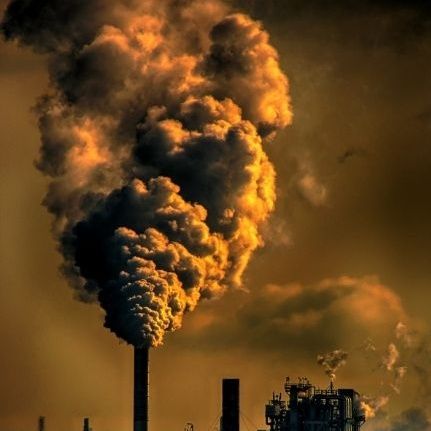Manjit Singh Sahota on production of Natural Gas

Descarga y escucha en cualquier lugar
Descarga tus episodios favoritos y disfrútalos, ¡dondequiera que estés! Regístrate o inicia sesión ahora para acceder a la escucha sin conexión.
Descripción
Manjit Singh Sahota states, Natural gas is extracted from oil in the United States, as is the case with infrastructure, and there is no economic incentive to transport it for...
mostra másIn addition to the challenges, oil and natural gas production in the US have soared over the last decade: US natural gas production was 34.4 trillion cubic feet (tcf) in 2020, the highest annual amount ever. The majority of the increase in production since 2005 is the result of horizontal drilling and hydraulic fracturing techniques in shale, sandstone, carbonate, and other narrow geological formations. About 80-90% of the natural gas used in the United States is produced domestically.
Natural gas is extracted from both onshore and offshore sources of natural gas, oil, and coal. US natural gas production decreased in 2020 due to a decline in drilling activity in exchange for lower natural gas (and oil) prices due to a decrease in demand resulting from the response to the COVID-19 pandemic. In 2020, dry natural gas production in the United States was about 10% higher than total natural gas consumption in the US.
The increased gas-oil ratio of gas basins is a major explanation for recent production growth. According to data from the Federal Association of Natural Gas, Petroleum and Geoenergy (BVEG), domestic natural gas production in Germany fell in 2020 by 16 percent year-on-year to 52 billion cubic meters, covering a good five percent of German natural gas consumption.
Subsequent declines in drilling activity in early 2020 have reduced Permian production, leaving less pipeline capacity available for flaring. Bakken regulation has played a big role in recent reductions.
Regulation of US oil and gas production is crucial for the United States to reduce its greenhouse gas emissions, the steady-state of gas production from horizontal wells is discussed by the authors of this book, which will be published in 2019 [5]. Regulations in this sector must take into account local air and water pollution, the impact on the community, and two issues of particular importance for climate change: methane emissions and flaring.
While most natural gas and oil wells are onshore in the United States, wells can also be drilled on the seabed or in waters off the US coast.
Hydrocarbons are produced from petroleum and natural gas that naturally occurs in rocks in the crust of the earth, and are formed by the compaction of the remains of plants and animals in sedimentary rocks such as slate, limestone, and sandstone, which themselves are by-products of deposits in ancient oceans and other waters.
Natural gas (also known as fossil gas or naturally occurring gas or hydrocarbon gas) is a mixture of methane (including varying amounts of other high alkanes) and a small amount of carbon dioxide, nitrogen, hydrogen sulphide, and helium as an energy source, and as a chemical feedstock for the production of plastics and other important organic chemicals.
Información
| Autor | Manjit Singh Sahota |
| Organización | Manjit Singh Sahota |
| Página web | - |
| Etiquetas |
Copyright 2024 - Spreaker Inc. an iHeartMedia Company
